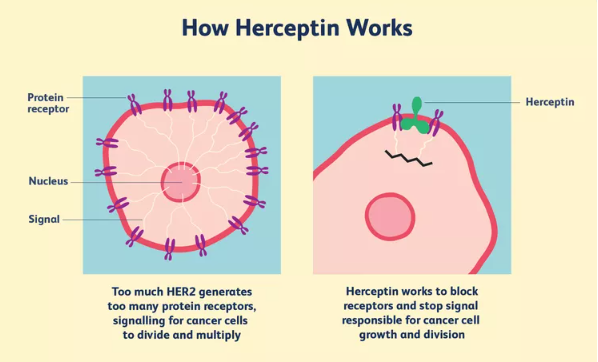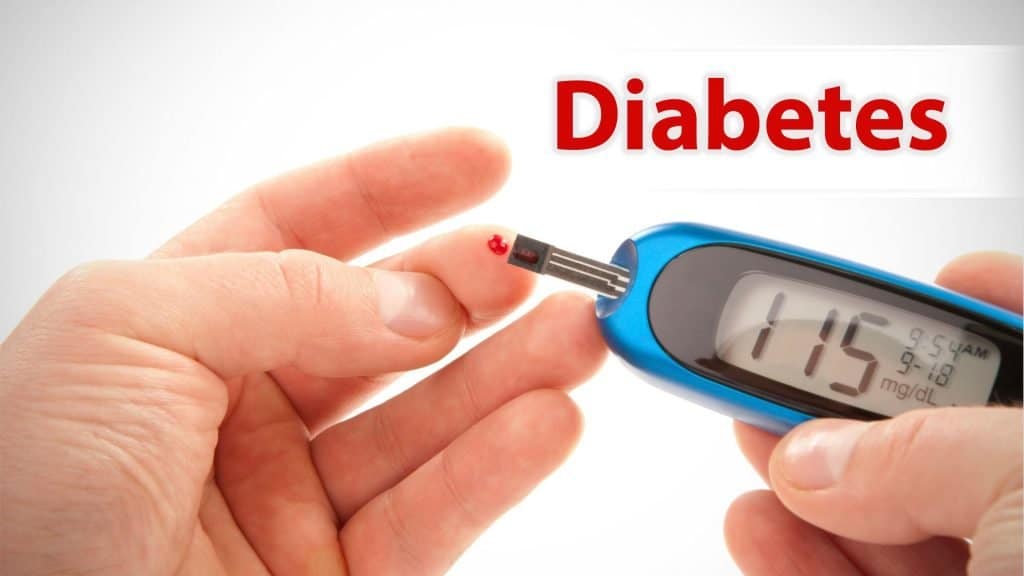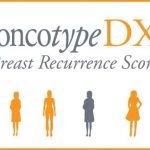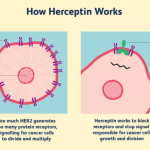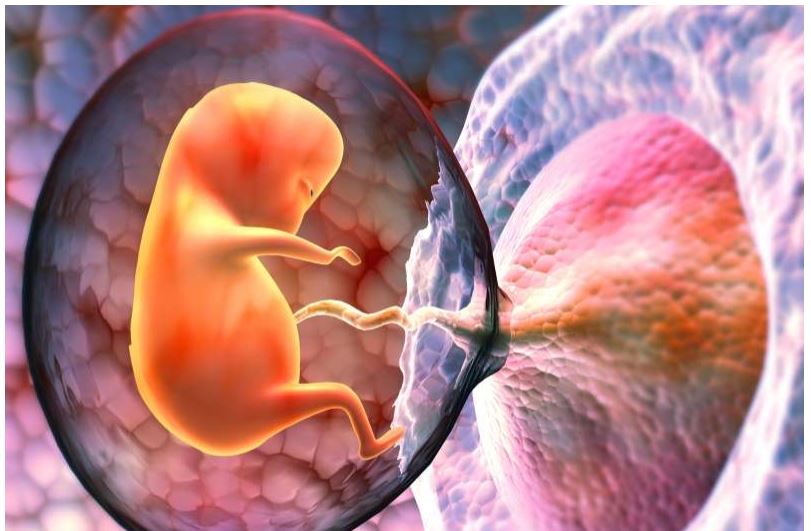Clinical Evaluation of Fused/Ankylosed Hip with Severe Flexion Deformity after Conversion to Total Hip Arthroplasty.
Abstract
INTRODUCTION:
Fused or Ankylosed hip is late complication of chronic inflammatory disorder with progressive changes in and around articular as well as periarticular structures with alteration in bio-force line of body which later lead to severe flexion deformity of joint. This not only results decreased movements of hip, it’s also increase pain around the hip, back and contralateral hip.
METHODS:
Retrospectively, all patients aged 18 years or older undergoing THA between June 2006 to June 2012 were reviewed with selection criteria. The five ankylosed hips (three left and two right) with severe flexion deformities which ankylosed spontaneously were successfully converted to THA at time period of 2006 to June 2012. Range of motion, Harris Hip Score and flexion deformity angle at preoperative, postoperative and follow-up periods were used as evaluation.
RESULTS:
Mean follow up is 42 months. Mean HHS increased from 21.6±4.97 to 81.8±4.02 points with one excellent, two good and two fair cases. The FDA is corrected to mean 8°±10.95 postoperatively and 4°±5.47 at final follow up from 81.6°±4.39 with two hips of 10° residual deformity. Hip ROM is improved as flexion 70° to 100°, adduction 10° to 20°, abduction 10° to 30°, internal rotation 5° to 10° and external rotation 2° to 50° from 0° activity. As complications, one hip had loose prosthesis, two had early postoperative dislocations, one had Deep Vein Thrombosis and one had femoral nerve palsy with quadriceps weakness.
CONCLUSIONS:
THA is an effective treatment for ankylosed hip with severe flexion deformity although complications are noted more than routine hip arthroplasties.
KEYWORDS:
ankylosed hip; fused hip; severe flexion deformity; total hip arthroplasty.
